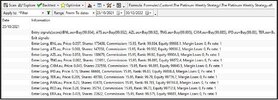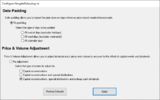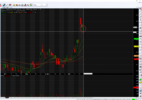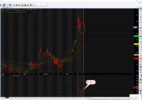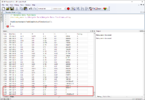MovingAverage
Just a retail hack
- Joined
- 23 January 2010
- Posts
- 1,315
- Reactions
- 2,565
See @Skate I'm not suggesting to trade on fundamentals....that's not me either. What I am suggesting is that instead of using market cap as the basis for defining the universe of stocks to trade your system....maybe apply other criteria such as EPS, PE or the others I mentioned to define your system's universe. Most system traders are using market cap to trade their systems so why not use some other metric to define your system's universe. Trading on fundamentals and defining a universe based on fundamentals are two very different things and should not be confused.Summary
I've never found "fundamental analysis" to be all that helpful, but that's just me. Also, I wouldn't have the time or skill to trade like @peter2 or @frugal.rock. that's for sure.
Skate.


